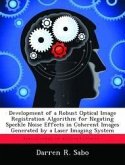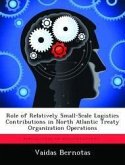Lightweight materials that can withstand high temperatures and corrosive environments are constantly sought after in the aerospace industry, typically for Gas Turbine Engine (GTE) application. These materials need to retain their strength throughout the long service period they would see in the combustor and turbine components of a GTE. One material that is ideal for these types of applications is an oxide/oxide Ceramic Matrix Composite (CMC). The fatigue behavior of the oxide/oxide CMC Nextel" 720/Alumina (N720/A) was investigated in a unique high temperature environment. N720/A consisted of an 8-harness satin weave of NextelTM aluminum oxide/silicon oxide fibers bound together with an alumina matrix. Past studies have encompassed fatigue and creep-rupture resistant at elevated temperatures in laboratory air or other non-combustion environment, such as steam or inert gas. The specimens used in this research were exposed to a combustion environment, which is a much more volatile and realistic environment for what this material would see in a GTE application. The combustion environment was created using a High-Velocity Oxygen Fuel (HVOF) Gun. The flame directly impinged the CMC specimen on one side as it underwent fatigue testing, heating up that surface to approximately 1200-C. Results show that the effects of a combustion environment on the materials fatigue behavior are negligible.








